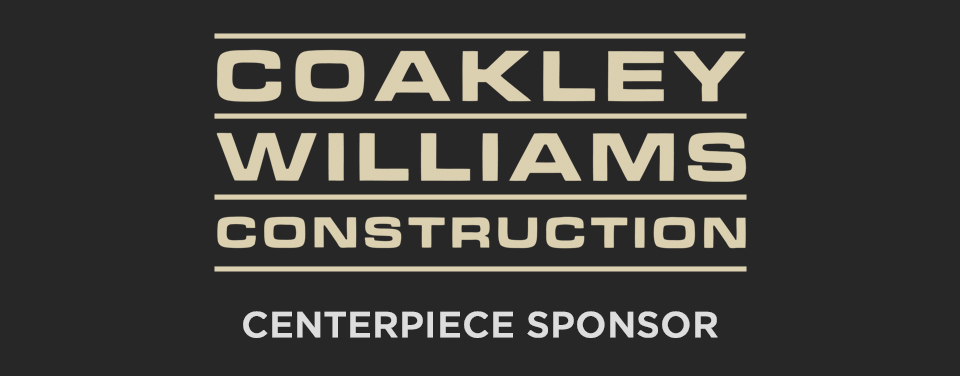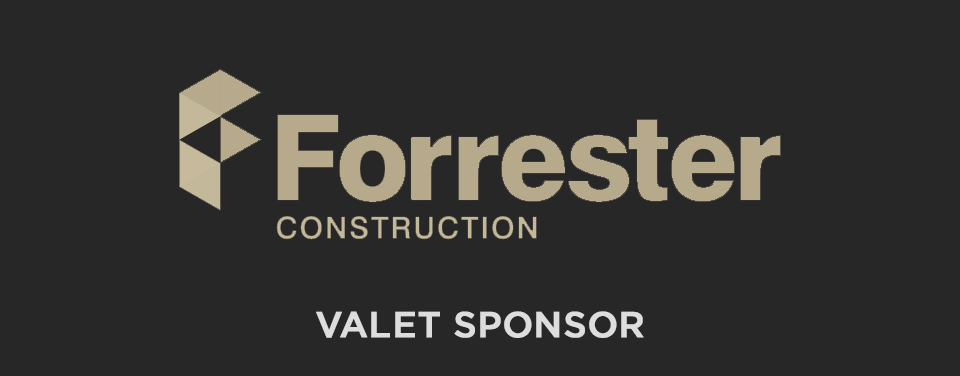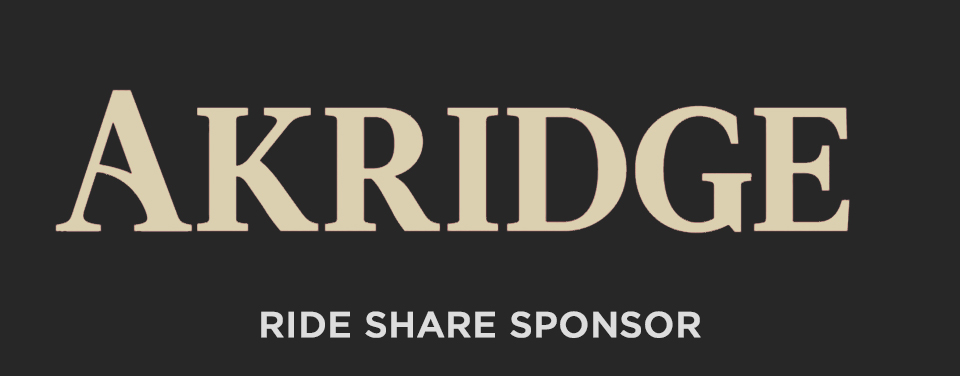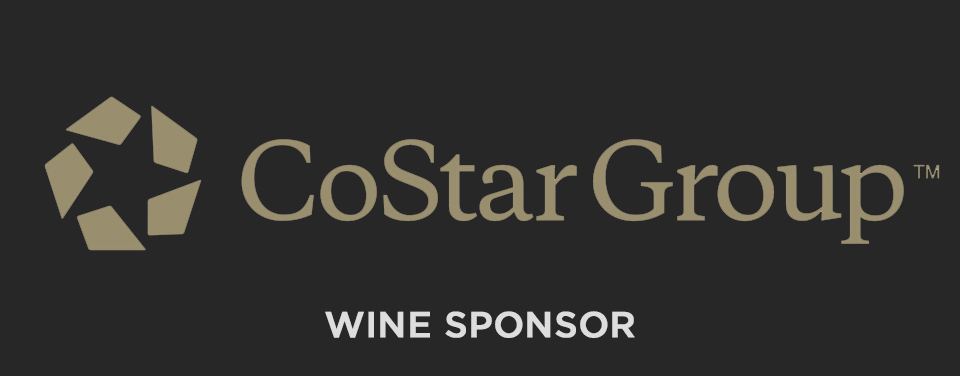Award of Excellence
Best Renovation - Historic Restoration
Project Team
Architect of the Capitol - (Owner)
Architect of the Capitol - (Architect)
Grunley Construction Company, Inc. - (General Contractor)
Executive Summary
The U.S. Capitol is an international symbol of the American people and our government. It serves as the meeting place of the nation’s legislature and houses an important collection of American art. It is also a working office building as well as a tourist attraction visited by millions each year. Funding to preserve the building’s ornate exterior is only issued by the U.S. Congress roughly every 60 years. The project team completed this stately project through a delicate mix of specialized cleaning techniques, repair methods, and element replacement with a high level of craftsmanship and ingenuity.
The project’s scope involved restoring the U.S. Capitol’s historic stone masonry and metal elements. A total of 50 portico Corinthian columns and capitals were laser cleaned and consolidated; nearly 300 new, carved marble bracket, rosette, capital leaf, and column flute Dutchmen were fabricated and installed throughout the building; and several thousand miscellaneous stone repairs were documented and performed - all of which required a pre-approval survey by the Project Architect and the Senate Curator (for the pediment sculptural group) before work could commence. All 98 terrace lampposts were restored and received replica lantern tops that matched the historic design; 25 bronze hanging pendant lights and six large lampposts on the east façade of the U.S. Capitol were restored; and 28 handrails and guardrails were restored off-site and reinstalled, including the famous West Rails that descend to the National Mall.
The preservation of our nation’s most iconic buildings requires a great deal of care and thought to ensure that as little of their historic fabric be removed as possible. To achieve this goal, only heavily deteriorated architectural elements, like cornice brackets and rosettes; column capital scrolls, leaves, and flowers; and column shaft flutes, were removed and replaced with exact replicas. The remainder of the marble building was cleaned to restore its original white color by using chemicals, poultices, and laser ablation techniques. Friable marble that did not pose a life-safety issue was preserved using consolidation techniques. Water-infiltration sources like cracks and failed mortar joints were filled and re-pointed. The masonry restoration techniques used on this project were a combination of traditional means-and-methods and high-tech, innovative processes, like laser ablation (to remove gypsum crusts), laser-scanning (to capture the three-dimensional aspects of ornamental elements to be replicated by a CNC machine), and consolidation (to bind microscopic, loose marble grains back together).
The most delicate part of the project involved laser cleaning each of the carved stone surfaces and then implementing a technique in the masonry conservation industry called consolidation. This multi-step application process is used for the preservation of stone surfaces where the mechanical and cohesion properties have been severely affected by years of weathering. The treatment adds stability at the molecular level to resist future thermal weathering, solar light damage, and oxidation. This ultimately results in an unprecedented level of durability of the stone carvings. Due to the parameters required for the consolidation effort, nearly 75% of the entire facade restoration had to be performed under innovative conditioned enclosures within the scaffolding. These conditioned enclosures are similar to those historically used for interior conditions and almost never implemented outdoors, further reinforcing the unique conditions and restoration measures employed on this project.
The level of quality control on this project was extremely detailed and befitting for such an important historic, cultural building. The quality control team documented all contract repairs and unforeseen conditions daily from initial survey to the punchlist; performed hourly enclosure analysis to ensure that work was never performed outside of the required temperatures and humidity; and implemented the U.S. Army Corps of Engineers Construction Quality Management for Contractors (USACE) process for the entire project. The use of the rigorous USACE quality control process for an exterior historic preservation project of this magnitude was key to the success of this project. In addition, to perform the restoration work of the building’s exterior, the project team worked alongside the Architect of the Capitol to visit local stock yards to find marble that matched the building’s historic fabric. This process often threatened to delay the project’s schedule due to the high level of quality the Capitol building requires.
The project’s level of complexity was further increased by incorporating laser ablation, an emerging process for the removal of gypsum crusts from marble. Gypsum crusts are the dark, hard deposits found on marble and are very difficult to remove. While this technology has been in use in Europe since the 1990s, this project represents the first time a large-scale laser ablation and consolidation effort has been attempted in the United States. These conservation techniques are usually executed on museum objects and on smaller exterior objects like statues. In addition, this difficult type of work is very rarely performed under a tight construction schedule nor when there are difficult access constraints. To add to the level of complexity, laser equipment and newly consolidated marble could not get wet; the laser ablation had to occur in a specialized dark containment area that no one could enter or pass through freely; too much marble dust in the air from masonry tools would break the laser equipment; and marble dust could not be allowed to settle onto newly consolidated marble. Given the tight “quarters” across six decks, the team constructed mini-containment areas to separate each work area. This strategy allowed all trades to work together harmoniously and proved to be the best way to mitigate disaster through constant communication between team members on all decks.
One of the greatest challenges that the project team faced was completing the job under the security constraints that the Capitol building requires. Its primary function as a workplace for our country’s legislative branch presented construction challenges with regard to scheduling, accessing work areas, and incorporating security measures into the project’s schedule and execution. In addition to modifying the security fencing four times after the award of the contract, the team responded to changes in security protocol frequently and often without advanced notice. This required all members of the team to be flexible while also ensuring the project schedule flow continued. When the location and installation of security adjustments conflicted with work being completed in an area, the team collaborated to develop new flow sequences to protect the quality of the restoration efforts.
The techniques used to accomplish this project have raised the bar in the Historic Preservation field with the precision of laser ablation and the ability to re-strengthen friable stone through consolidation techniques. The lessons learned from scaling up these processes will be crucial in executing future projects to preserve the historic architecture of the United States for generations to enjoy. This project served as a proving ground to allow for improved execution of this type of preservation effort in the future.









